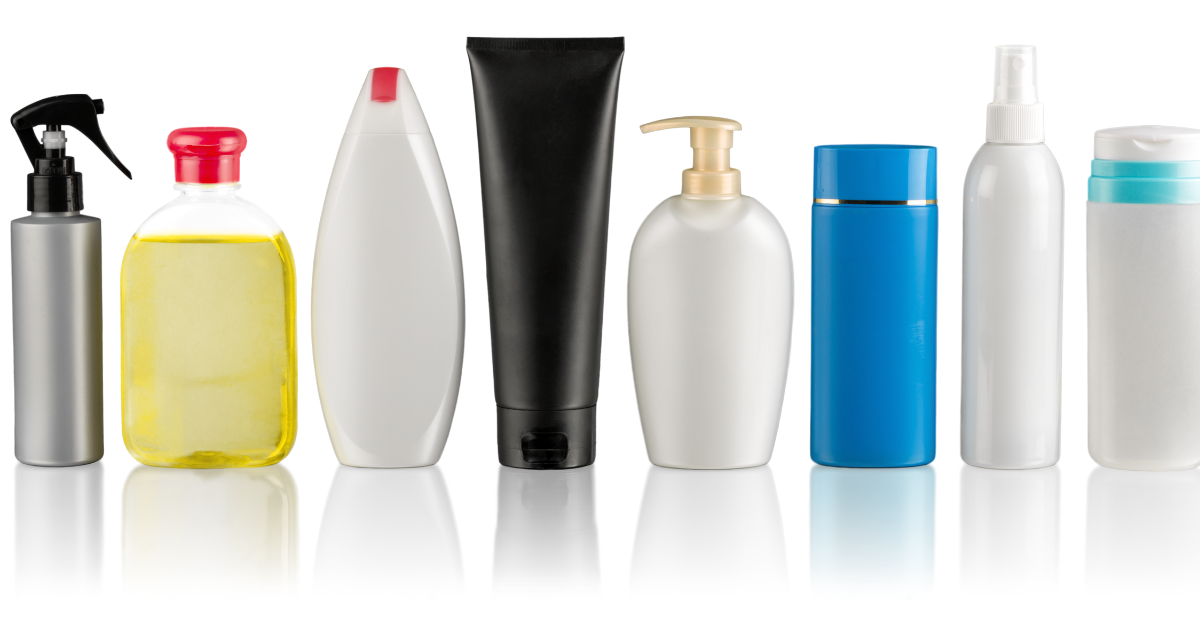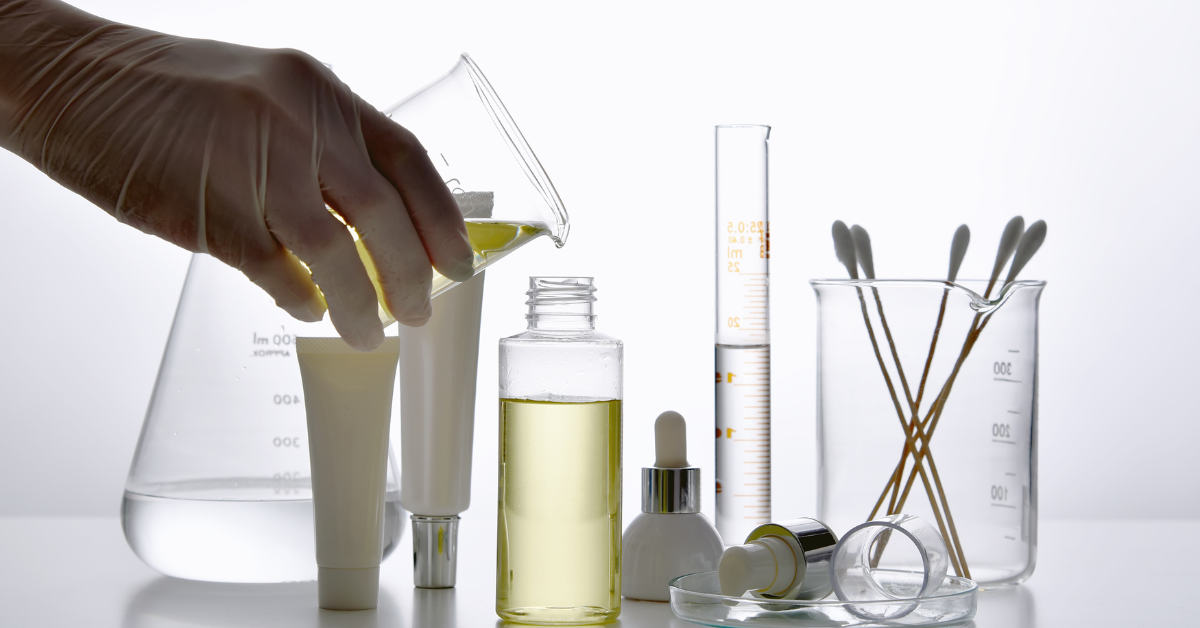
Formulating Clean Hair Care Products Using Biosurfactants
In the quest for luscious locks, consumers are becoming increasingly discerning about the products they use on their hair. Amid the vast array of options in the hair care aisle, understanding the ingredients is paramount for those seeking healthy and vibrant tresses.
There is a growing list of harmful hair care ingredients that consumers should avoid that can potentially cause damage or other adverse effects. From possible hormone disruptors to skin irritants, learning what is in everyday personal care products empowers individuals to make informed choices, fostering a mindful approach to hair care that goes beyond mere aesthetics.
The list of ingredients that consumers may choose to avoid in hair care products can vary based on individual preferences, sensitivities and evolving research. However, the top 12 harmful hair care ingredients that people are recommended to avoid include:
- Sulfates (SLS and SLES): These are harsh detergents found in many shampoos that can strip the hair of its natural oils, leading to dryness and potential irritation.
- Parabens: Used as preservatives in many beauty and personal care products, parabens have been associated with hormone disruption and are often avoided by those seeking more natural alternatives.
- Phthalates: Used in fragrances, phthalates are potential endocrine disruptors and may be linked to reproductive and developmental toxicity.
- Formaldehyde and formaldehyde-releasing agents: These agents can be found in certain hair straightening treatments and are associated with respiratory and skin irritation, as well as potential carcinogenicity.
- Triclosan: An antimicrobial agent, triclosan has raised environmental concerns and may contribute to antibiotic resistance.
- Mineral Oil/Petroleum: Derived from crude oil, these ingredients may be comedogenic and could potentially clog pores.
- Artificial Fragrances: Synthetic fragrances can be irritating to the scalp and skin for some individuals. Opting for products with natural or essential oil-based fragrances can be a safer choice.
- Toluene: Found in some nail polishes and hair dyes, toluene is associated with developmental and reproductive toxicity and may cause irritation.
- Ethanolamines (MEA, DEA, TEA): Ethanolamines can be damaging to the hair as well as irritating to the skin and eyes and may be linked to allergic reactions.
- Isopropyl Alcohol: This drying alcohol can strip the hair and scalp of natural oils, leading to dryness and potential irritation.
- Coal Tar: Coal tar has been used in shampoos to treat and prevent scalp dandruff. While small doses, like those in shampoo, are thought to be relatively safe, larger dose exposure has been identified as a possible carcinogen and coal tar is one of the chemicals required to carry a warning label under Proposition 65.
- Artificial Colors: Certain artificial colors may cause skin irritation, and there are concerns about potential carcinogenicity.
This is not an exhaustive list, and some individuals may have additional harmful hair care ingredients they choose to avoid based on personal experiences or specific concerns. It’s also worth noting that product formulations can vary, and some ingredients may have different derivatives or forms that could be considered more or less concerning.
Keep in mind that individual hair types and preferences vary, so what works for one person may not work for another. Reading product labels and being aware of your hair’s specific needs can help you make choices that align with your individual concerns.

How Can Consumers Avoid These Harmful Hair Care Ingredients?
The clean ingredient movement in hair care emphasizes using products with minimal, natural and non-toxic ingredients. Here are some common hair care practices associated with this movement:
- Avoiding Harmful Chemicals: Clean hair care enthusiasts often avoid harmful hair care ingredients such as sulfates, parabens, phthalates, synthetic fragrances and other potentially harmful chemicals. Instead, they opt for products with natural and plant-based ingredients.
- Using Natural Oils: Many people following the clean ingredient movement incorporate natural oils like coconut oil, argan oil or jojoba oil into their hair care routines. These oils are believed to nourish and condition the hair without synthetic additives.
- Choosing Organic and Sustainable Products: Clean hair care advocates often prefer products that are labeled as organic, cruelty-free and environmentally sustainable. This includes products with eco-friendly packaging and ethical sourcing of ingredients.
- DIY Hair Masks and Treatments: Some individuals in the clean beauty movement enjoy creating their own hair masks and treatments using simple, natural ingredients found in their kitchens, such as honey, avocado, yogurt and egg.
- Minimalist Clean Beauty Hair Care Routines: Clean beauty enthusiasts may adopt a minimalist approach to hair care, using fewer products and focusing on simplicity. This might involve using a gentle, sulfate-free shampoo, a natural conditioner and occasional treatments as needed.
- Reading Labels: A key practice in the clean ingredient movement is carefully reading product labels to understand the ingredients used. This allows consumers to make informed choices and avoid specific substances they may be trying to steer clear of. It’s essential to note that the effectiveness of clean hair care practices can vary from person to person, and individual preferences play a significant role in determining what works best for one’s hair.
Clean Beauty Movement Aims to Eliminate Harmful Hair Care Ingredients
The clean ingredient movement in hair care has witnessed substantial growth in recent years, reflecting a broader shift in consumer preferences towards products that prioritize transparency, sustainability and safety. This evolution is driven by several interconnected factors.
One key catalyst is the rise in consumer awareness facilitated by increased access to information through the internet and social media. As individuals become more conscious of the ingredients in their personal care products, there is a growing demand for formulations that are clear about their components.
Health and environmental concerns also play a pivotal role in propelling the clean beauty movement forward. Consumers are increasingly mindful of potential health risks associated with harmful hair care ingredients and are concurrently concerned about the environmental impact of beauty products. This dual focus has motivated individuals to seek out products that are both safe for personal use and environmentally friendly.
The influence of influential figures in the beauty and wellness industry, including celebrities and social media influencers, cannot be overstated. Endorsements from these figures contribute significantly to the mainstream adoption of cleaner beauty alternatives, shaping consumer perceptions and choices.
The emergence of independent beauty brands has been instrumental in driving the clean beauty movement. These brands, often referred to as indie brands, emphasize natural and sustainable ingredients, offering unique formulations that resonate with conscious consumers seeking alternatives to mainstream products.
Regulatory changes in some regions have added momentum to the movement by advocating for increased transparency in labeling and formulation practices. Companies are responding to these changes by reevaluating their chemical choices, minimizing or eliminating harmful hair care ingredients and aligning their practices with consumer demand for cleaner options.
Major retailers, both online and brick-and-mortar, are playing a pivotal role in responding to the clean beauty trend. Many are curating dedicated sections or shelves for products that meet certain clean criteria, making it easier for consumers to identify and choose cleaner alternatives during their shopping experience.
Educational initiatives led by beauty and wellness advocates also contribute significantly to the movement. These efforts aim to inform consumers about the benefits of clean beauty, enabling them to make informed choices and understand the potential impact of their purchases.
As the beauty industry as a whole undergoes shifts, traditional brands are adapting by incorporating cleaner ingredients into their formulations. This strategic move allows them to stay competitive and meet the changing expectations of their consumer base.
How to Formulate Cleaner, Safer Hair Care Products with Biosurfactants
Biosurfactants can serve as eco-friendly and potentially safer alternatives to certain harmful hair care ingredients found in conventional products. Biosurfactants are molecules with both hydrophobic (water-repelling) and hydrophilic (water-attracting) parts, making them effective in breaking down oils and dirt. Here’s how biosurfactants can replace some of the common harmful hair care ingredients:
- Sulfates (SLS and SLES): Sulfates are aggressive surfactants often associated with dryness and irritation. Biosurfactants, being milder, can still provide effective cleansing without stripping the hair of its natural oils.
- Coal Tar: Coal tar has been used to treat topical skin conditions such as dandruff and psoriasis. Biosurfactants, depending on their specific properties, can offer similar functionalities without the carcinogenic concerns associated with coal tar.
- Isopropyl Alcohol: Often used for quick drying in styling products, isopropyl alcohol can be harsh. Biosurfactants can contribute to the formulation of styling products that offer hold and manageability without the need for drying alcohols.
Incorporating biosurfactants aligns with the clean beauty movement, emphasizing environmentally friendly and sustainable ingredients. While biosurfactants aren’t a one-size-fits-all solution and their efficacy depends on the specific formulation, they present a promising avenue for creating products, free of harmful hair care ingredients, that are both effective and mindful of health and environmental concerns.
Sophorolipids as Replacements for Harmful Hair Care Ingredients
Locus Ingredients is the country’s leading manufacturer of biosurfactants, specifically sophorolipids—a type of biosurfactant in the glycolipid class. Locus Ingredients’ line of high-performance, sustainable biosurfactants for the personal care market are available through The Dow Chemical Co. under the EcoSense™ brand name. Visit dow.com to learn more about these lactonic and linear biosurfactants.



